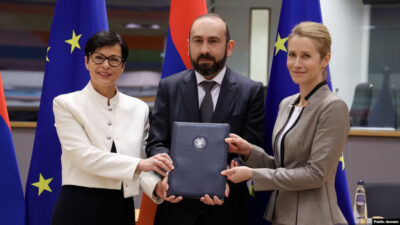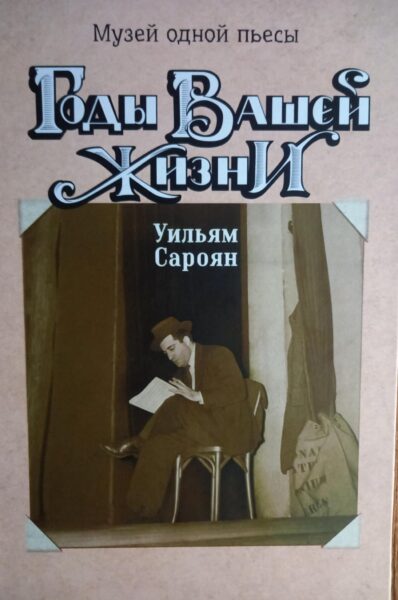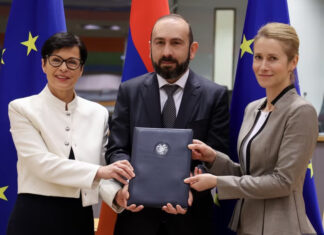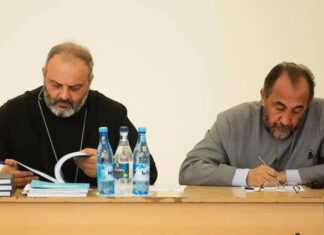For over three decades, Yerevan-based translator Aram Ohanian has been “spoiling” Russian-speaking readers with his high-quality translations form English-language literature. However, he stands out among his colleagues for his meticulous approach to translated author and work. Ohanian delves deeply into the works and the authors he translates, becoming a true specialist in each piece. His translated volumes are often enriched with insightful prefaces or epilogues that serve as thorough studies of the work. This is particularly evident in his translations of William Saroyan’s works. Since 2003, ten volumes of Saroyan’s writings have been published in Moscow and St. Petersburg through Ohanian’s Russian translations, with a recent publication in St. Petersburg of Saroyan’s most famous play, “The Time of Your Life” (Anya Amasova’s Museum of Unique Artifacts, 2025).
Notably, Ohanian translated the title of this play as The Years of Your Life, which differs from both the original English title and the previous Russian translation (The Path of Your Life). Other languages have also seen various translations, such as the Italian I giorni della vita (“The Days of Life”), the Polish Zabawa jak nigdy (“Have Fun Like Never”), and the Finnish Elämäsi parhain aika (“The Best Time of Your Life”).
In addition to the pleasure of revisiting one of Saroyan’s finest works, this volume offers a host of additional delights. The book includes a range of documentary materials sourced from the translator’s unique collection, which enriches the text beyond a mere translation of a literary work. Cartoons from contemporary press, photographs of Saroyan and the play’s premiere, as well as notes written on the flip side of these photographs, are part of this unique publication.
Moreover, the appendix of the book contains a particularly compelling article titled “Initials, Like Shakespeare’s – W. S. or Saroyan’s Mysteries.” In this essay, Ohanian demonstrates his expertise as a philologist and literary specialist. His investigation into Saroyan’s play uncovers numerous fascinating aspects, including its creation, its Pulitzer Prize history, and the writer’s refusal of the award. Ohanian also explores its global stage productions and draws interesting parallels with other works of American and world literature. For instance, Ohanian suggests that the well-known line from Antoine de Saint-Exupéry’s The Little Prince — “You are responsible for those whom you have tamed” — may have been influenced by the famous preface of Saroyan’s play. However, he cautions against assuming it was an inspiration for Saint-Exupéry.
Ohanian also draws parallels between the reflections on human life in the play’s preface and the thoughts expressed in Nikolai Ostrovsky’s How the Steel Was Tempered, though he stresses that Saroyan’s inspiration likely stems from the Bible, rather than from Ostrovsky. Another fascinating connection is made between Saroyan’s play and Murray Barnett’s and Joan Ellison’s 1940 play “Everybody Comes to Rick’s,” the literary basis for “Casablanca.” Ohanian identifies a character in Saroyan’s 1939 play, reminiscent of the character Joe, which links the two works, and some other parallels.
Other intriguing facts surrounding the play include its productions over the years. In the 1955 staging, Saroyan’s wife, Carol Marcus, played the role of Mary L., while Saroyan himself took on the silent part of a visitor. “The Time of Your Life” reached deep into popular culture. In San Francisco, they even named a cocktail, a sandwich, and a salad after Saroyan (though the recipes have since been lost). Furthermore, one of the actresses in the Cleveland theater, where the play was performed, named her cat Saroyan.









